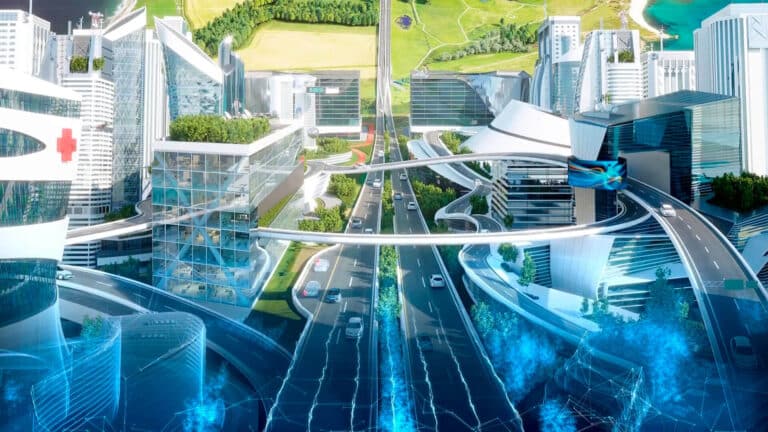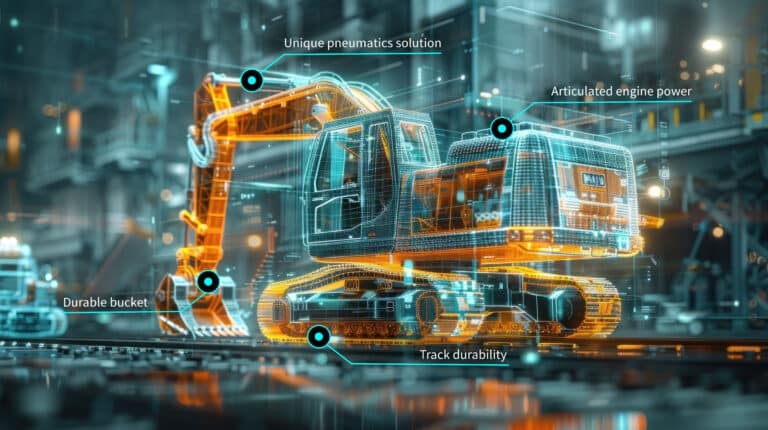From April 15 to 16, the first Nordic 3D Expo took place in Vantaa, Finland. While the majority of the some 30 exhibitors were showing how digital can be transformed into physical via 3D printing, Stereoscape – together with it’s VR partner WorldViz – was demonstrating that you don’t necessarily need to make things physical in the first place. With WorldViz virtual reality solutions for professional applications, you can design, test, develop, and train complex mechanical and other structures even before they exist. Mr Keith Russell, WorldViz director for EMEA, was present at the Stereoscape stand and held a short presentation as one of the speakers of the fair. I had a chance to have a chat with Mr Russell during the event and get a glimpse into the development of VR in professional use.
VR becomes collaborative
2016 has been said to be the year when virtual reality really makes its breakthrough. The drive in entertainment and consumer markets is bringing better, faster, and cheaper VR also into research and industrial use. However, in professional applications, the next real big thing in VR is not the release of new headsets, although that is where all the hype is at the moment. No, the really exciting development that can take the advantages of VR into a whole new level is that you no longer have to be alone in your virtual world. VR is becoming collaborative. Teams from different parts of the world can now collaborate with each other and be present in the same virtual reality without being in the same place physically.
Imagine a R&D team of engineers and designers – often located in different parts of the world – being able to jointly test and develop complex mechanics and designs, ignoring the physical restrictions of not being in the same place. Seeing the same, feeling the same, being able to test and discuss all at the same time and in the same, virtual, environment. Imagine the opportunities arising – not to mention the cost and other savings from not having to have your best and most expensive experts waste their time in travelling around the globe. Collaborative VR enables the experts to communicate their ideas to the depths by being able to show and test them together with colleagues. “For a while it felt a bit strange, but pretty soon it felt like Andy was standing right next to me although he was on the other side of the world,” Keith Russell described his own experiences of collaborative virtual reality with his colleagues.
True VR will feed all five senses
Alongside with the collaborative element, the next big thing to make ”true virtual reality” is that it will feed all the five senses. True VR is no longer show and tell but it will also be see, hear, taste, touch and smell. This will create a whole new world, for example, for training.
A good example of this, Mr Russell told, is a South African mining company using VR to train its mechanics to perform demanding maintenance and repair tasks inside the mines. Earlier, training was carried out in a traditional classroom setting. But too often that resulted in people (who in theory knew what to do) failing to perform in the difficult working conditions that they are faced with in the mines. The tough and highly stressful conditions inside a mine, some hundred meters down underground, with the heat, the noise, and the cramped space where the work needs to be done is often too much to the classroom trained mechanics. But with the help of VR, the company can simulate the real conditions during the training sessions, preparing the mechanics for the real situation in a way that no classroom can.
Thanks to CAD, the content is already there
The majority of companies in Finland still seem to wait for the right moment to start deploying VR. “The right moment is now – or in fact it was six months ago,” says Keith Russell. In Germany, Italy and France, for example, he sees VR already in common use in several industries: vehicles, cars, trucks, forklifts, architecture, construction, oil & gas etc. According to Mr Russell, there seems to be a, what he calls, “Nordic reserve” when it comes to adopting VR for professional use. The same reserve he recalls from his earlier work history selling CAD systems – the Nordic companies seemed to stick to the drawing desks longer than others. In today’s world, everybody uses CAD. And this paves the way to VR. “Content might have been a problem 10 years ago, but not anymore as everyone is using CAD models,” Mr Russell pointed out.
So thanks to CAD, it is not that big a step to start deploying VR. And thanks to the entertainment push with better, faster and cheaper VR equipment, it is not so expensive either. “An investment of ca. 10 000 euros will get you started,” says Mr Russell.
The consumer market will, for sure, help to spread also the professional use of VR. With new and better VR headsets coming to the consumer markets this year, Keith Russell predicts that especially the younger generation will soon be so familiar with VR that it is no big thing for them to adopt it at work as well. Therefore his message to the Finnish companies still wondering about the right time to jump aboard is clear: “Hurry up or your children are going to make you look ridiculous!“
– Mikko

